Table of Contents
- 1 Introduction: The Journey to Production for Emily GT
- 2 Historical Context: Saab’s Production Legacy
- 3 The Realism of Producing Emily GT
- 4 Concerns Over the Prototype’s Readiness
- 5 Recent Developments: Jihad Mohammad’s Visit to Trollhättan
- 6 The Complexities of Automotive Production
- 7 A Future Shaped by Hope and Realism
Introduction: The Journey to Production for Emily GT
The automotive world has been closely monitoring the developments around EV Electra’s acquisition of the Emily GT and PONS projects from NEVS. With Trollhättan and Jihad Mohammad, owner of EV Electra, at the center of attention, there are questions about the feasibility of commencing production in 2024.
While initial plans for production in Trollhättan seemed overly ambitious, Mohammad has since considered alternative options, including contracting with companies like the Dutch firm VDL and Finland’s Valmet Automotive.
Historical Context: Saab’s Production Legacy
Saab’s history of contract manufacturing provides a precedent for EV Electra’s strategy. Saab manufactured various models at Valmet Automotive in Finland and later in Graz, Austria. This history of successful collaboration in automotive production offers a blueprint for EV Electra’s approach.
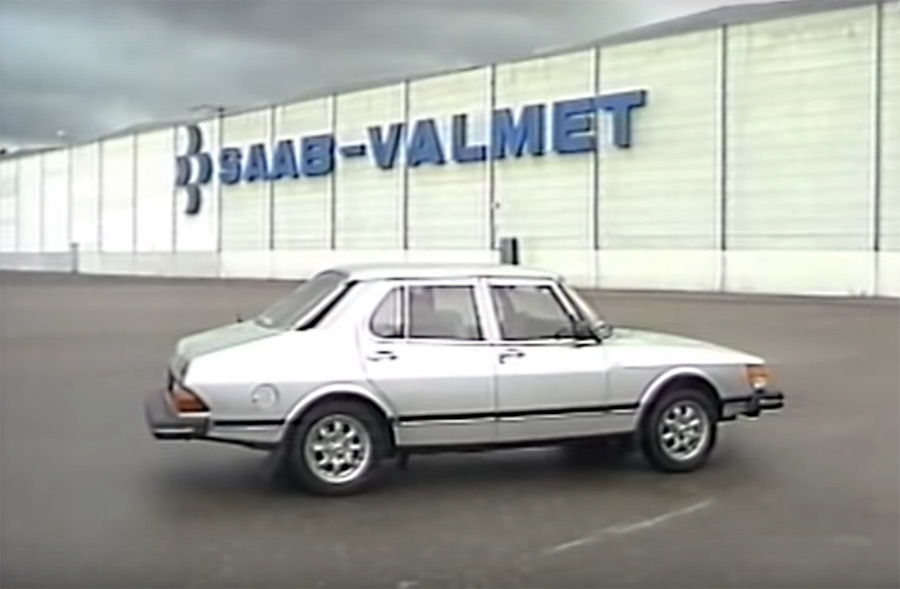
The Realism of Producing Emily GT
Senior concept designer Ricardo Quincoses raises significant concerns about the readiness of the Emily GT for production. He emphasizes the enormity of the task ahead, involving extensive development, testing, tooling, and sourcing. He realistically states that if production happens at all, it will take a minimum of 24 months.
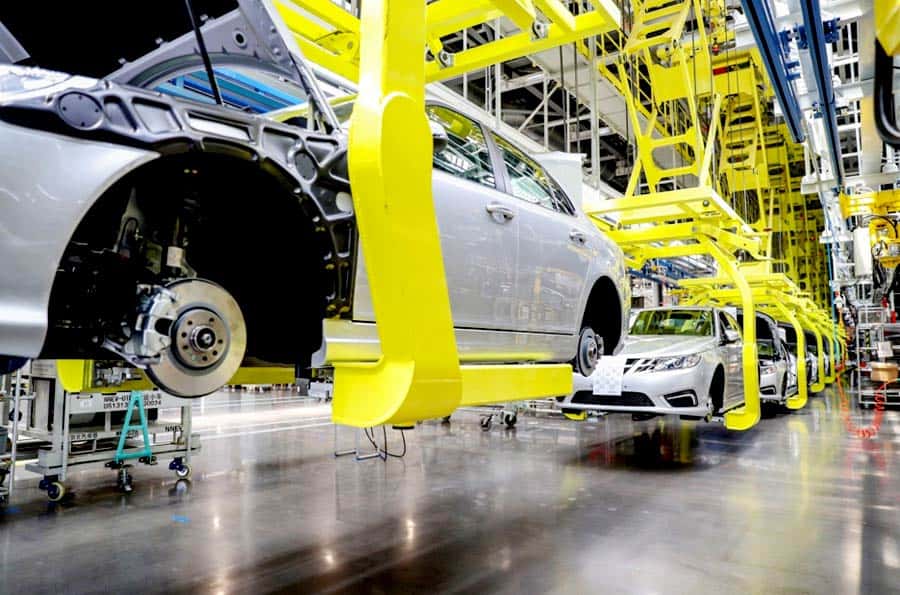
Concerns Over the Prototype’s Readiness
Quincoses also points out that the Emily GT prototype lacks crucial production-ready components. Key safety systems, a large-capacity battery, and agreements with suppliers are among the missing elements, casting doubt on the prototype’s readiness for mass production.
Optimism and Challenges Ahead
Despite these challenges, there is room for optimism. The potential of manufacturing Emily GT abroad, if not in Trollhättan, keeps the project’s hopes alive. R&D remaining in Trollhättan is a positive sign, maintaining the city’s legacy in automotive innovation.
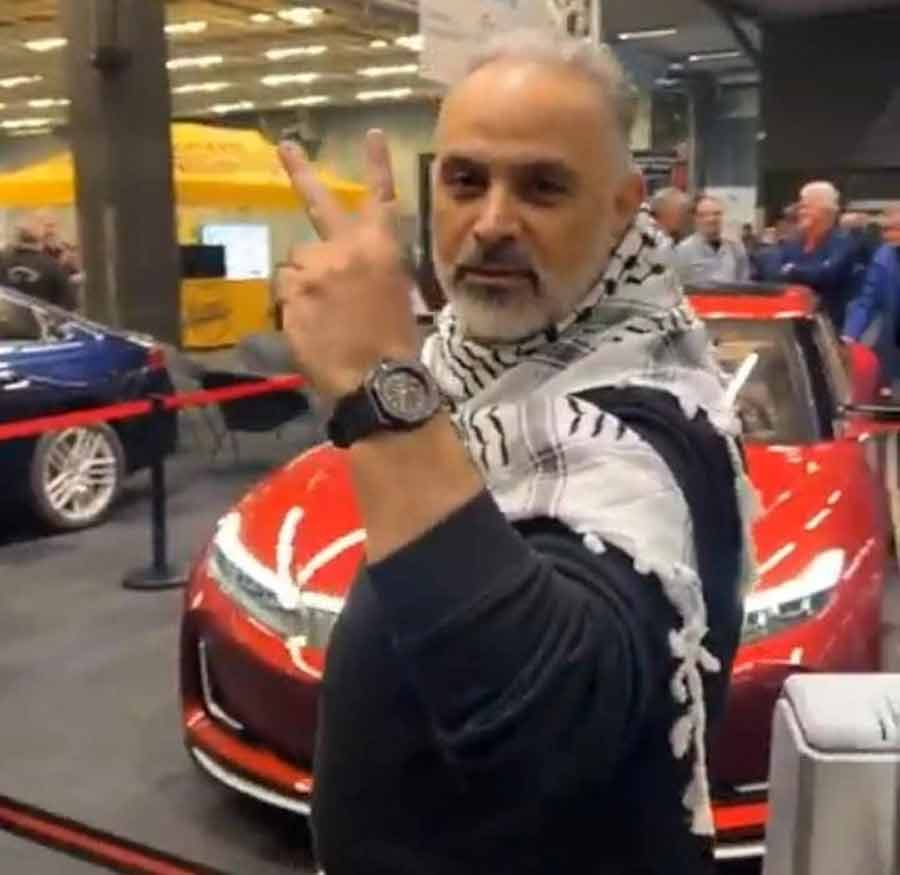
Recent Developments: Jihad Mohammad’s Visit to Trollhättan
Jihad Mohammad recently returned to Trollhättan for discussions with city officials and Stenhaga Invest’s Svante Andersson. His openness to finding solutions to keep production in Trollhättan reflects his commitment to the project and the city’s automotive heritage.
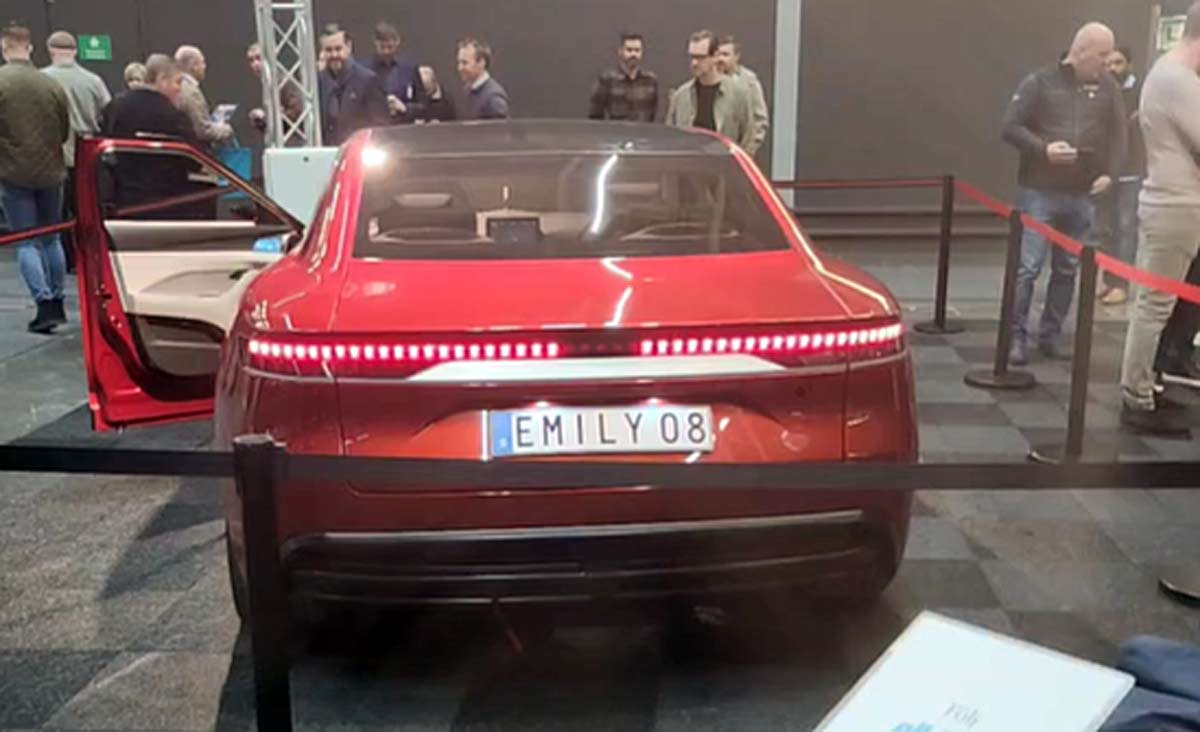
The Complexities of Automotive Production
Launching the production of any car model is a highly complex process. It requires extensive tests, a reliable supply chain, specialized tools and machinery, further development, skilled personnel, and a robust management and sales network. Mohammad’s recent statement emphasizes the need for practical action over premature discussions.
A Future Shaped by Hope and Realism
The journey to bring Saab’s legacy to life in a new vehicle like the Emily GT is fraught with complexities and challenges. Optimism remains that in the near future, a car embodying Saab’s heritage will be produced, albeit with realistic expectations and a clear understanding of the enormity of the task at hand. As developments continue, the automotive community eagerly awaits the next steps in this ambitious endeavor.

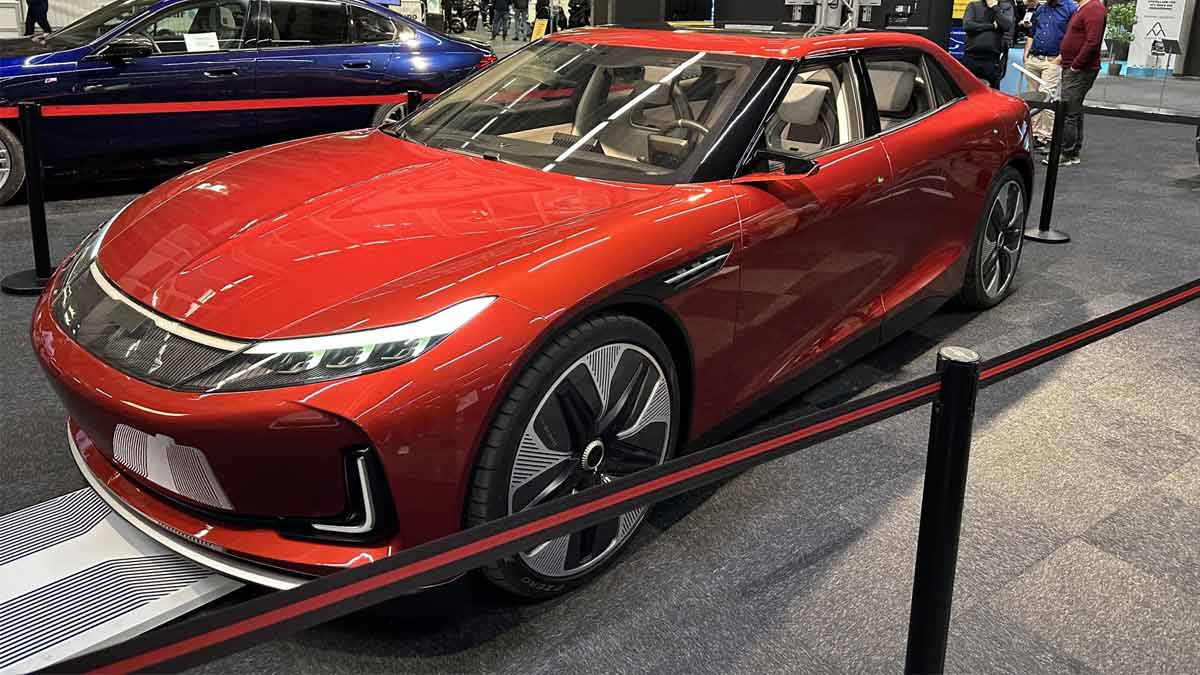










How much money does this guy have? How much is he willing to invest?
As ever without the rights to use the SAAB name you have very little.
Fingers crossed Geely turn up one day with all their billions.